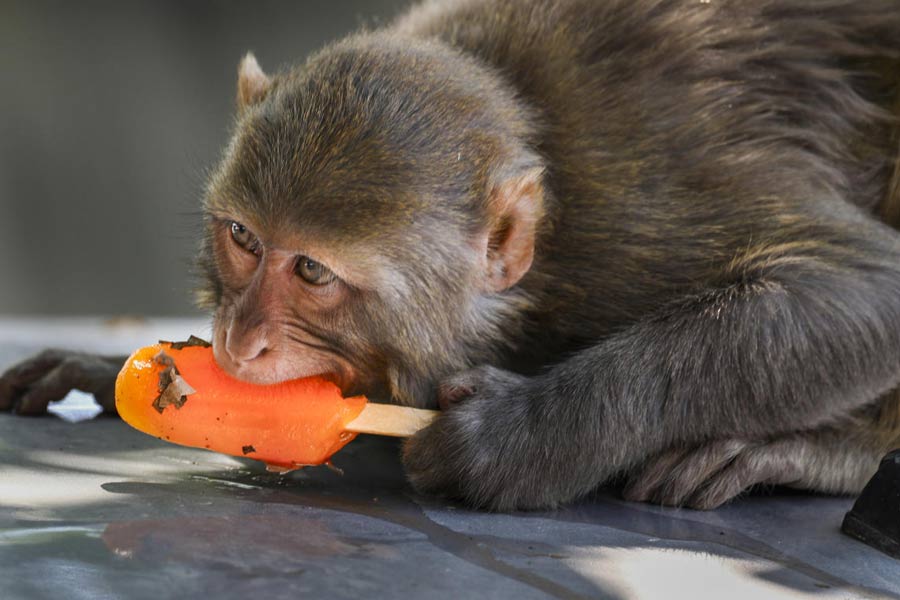 |
KnowHOW team explains: A wisdom tooth is a vestige ? an organ reduced to something with no function at all now ? from the days when our ancestors would literally bite off more than they could chew. Actually, wisdom teeth are a type of the molar, the chewing teeth found in the back of the mouth, whose size and structure have diminished over time through the pressure of natural selection.
Humans have 16 teeth on each jaw containing two equal and similar halves with a set of eight teeth in each half. Each of the sets has two incisors, one canine, two premolar and three molar teeth from the front to the back respectively.
Wisdom teeth are the last or the third molar teeth which usually develop between the age of 15 and 25. It?s speculated that the forerunners of modern humans had four extra molars. Our diet during the stone age or before consisted of coarse rough food ?raw meat, uncooked tubers or grains ?which required crushing and a lot of chewing. But as the early humans learned cooking, the food became softer and easier to chew, making the third molar redundant.
Meanwhile, our jawbones also diminished in size, unable to accommodate the vestigeal teeth. However, the wisdom teeth still erupt in a majority of people. Probably, humans won?t have to suffer its painful eruption in a few thousand years.
The question was sent by Sohrab Khan from Jamshedpur











